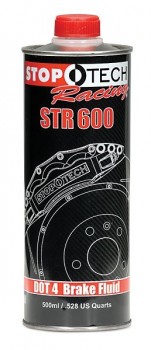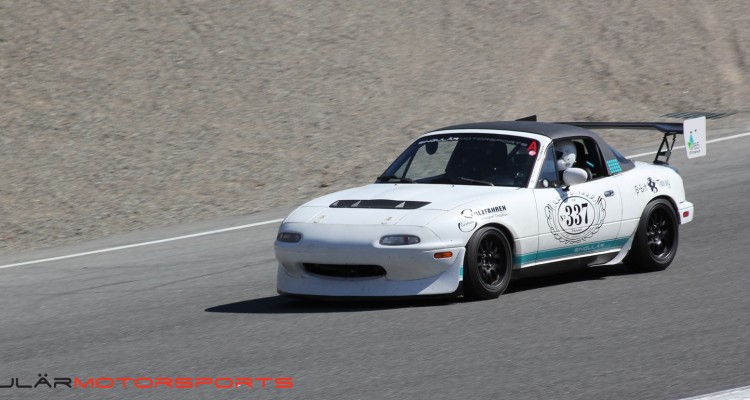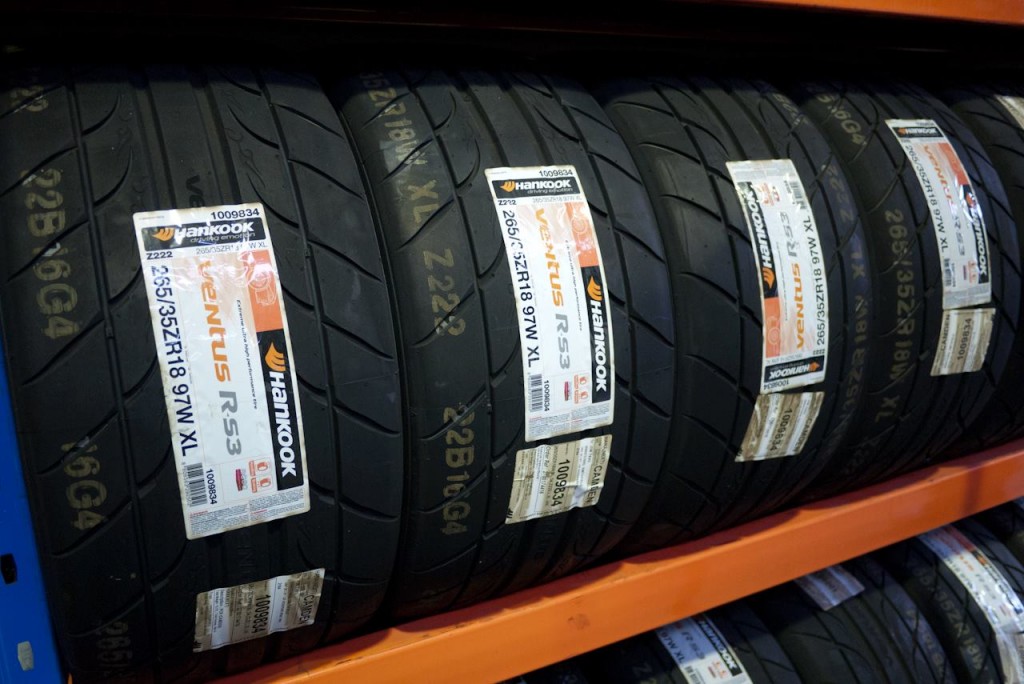So maybe you want to get into racing, but you’re not sure how to start? Or you’ve got the car and the racetrack, and you’re looking for some advice? GT Speed has got you covered.
Your Car
This might seem obvious, but if you’re driving an unreliable junker, the racetrack probably isn’t the best place for it. Seriously, if you’re hearing weird sounds from the suspension, having trouble starting, the brakes feel shot, or its generally just giving you “bad vibes”, you’re better off staying home, than going home on a flat bed. The track will put greater stress on your car than you can imagine, so if anything is astray, there’s a good chance you’ll have problems.
Also, let me make one thing very clear. If you head to the race track, you may wreck your car. Seriously, accidents happen, and when they do, your insurance won’t even talk to you. If wrecking your car would mean the end of your financial life, you might want to stay home.
Brakes
OEM brake pads are not designed to handle heat, and for that reason they have a tendency to ‘fade’ or ‘glaze’, meaning they get so hot that they stop working. You won’t believe how hot the brakes on your run-of-the-mill Ford Focus will get. I’ve burnt my hands on the alloy wheels of slow cars numerous times.
 For that reason, you may want to invest in a set of High Performance brake pads. Do your research; TireRack.com has an excellent set of track oriented brake pads. Talk to owners of the same car you drive and find out what they recommend. I’ve used both Hawk HPS and Hawk HP+ pads, and both work well depending on your driving style and vehicle. Words of the wise, if your local auto part store claims to have ‘high performance brake pads’, it’s more than likely that’s nonsense. Be careful and make sure you get a set of pads that work. You’ll hate yourself later when your brakes start to fade in the middle of an expensive track day.
For that reason, you may want to invest in a set of High Performance brake pads. Do your research; TireRack.com has an excellent set of track oriented brake pads. Talk to owners of the same car you drive and find out what they recommend. I’ve used both Hawk HPS and Hawk HP+ pads, and both work well depending on your driving style and vehicle. Words of the wise, if your local auto part store claims to have ‘high performance brake pads’, it’s more than likely that’s nonsense. Be careful and make sure you get a set of pads that work. You’ll hate yourself later when your brakes start to fade in the middle of an expensive track day.

There’s also a good chance that you’ll boil brake fluid. When that happens, you introduce air into your brake lines compromising braking ability. That doesn’t mean you magically lose all brake function, but the brake pedal will get mushy and modulating the pedal will become impossible. Do yourself a favor and pick up a bottle of good quality DOT4 brake fluid. There is a handy comparison guide found here.
Tires
Like brake pads, OEM tires aren’t designed for extreme levels of heat. For this reason, you’ll find that not only will the standard summer tires on your Honda Civic not deliver the desired level of performance, but they will wear out extremely quickly. Seriously, you can burn out a set of 400 tread-wear all-season tires in a weekend of hard driving.
Not only will buying a set of dedicated set of high-performance tires provide you with greater levels of grip, but they’re ‘economical’ (as if racing can ever be economical) as they will last you longer. Look for 200 or lower tread-wear tires. If you’re using TireRack.com to shop for tires, anything in the “Extreme High Performance” will provide track worthy levels of grip and life span, while still being street legal.
Tires, brake pads, and brake fluid, that’s it. Don’t go out and buy stiff suspension, turbo kits, chassis stiffening, etc. Allow me to let you in on a secret; no matter what you bring, whether it’s a 2015 Corvette Z06, or your mother’s Mazda 3, you are going to be slow. Trust me. I’ve tracked both a 2006 Honda Civic and a 1999 Mazda Miata, and in both cars I’ve passed Nissan GTRs, Porsche 911s, Corvettes, Lotus’, you name it. Why? Because they were new drivers to the track.
Here’s footage of my 1999 Mazda Miata at the Canadian Tire Motorsport Park. (DDT) It’s on Hankook RS3s using Hawk HP+ pads and Stoptech STR600 brake fluid.
Driving on the track is like learning an instrument; it’s a skill that needs to be learned and practiced. Forget about fast lap times. Focus on the racing line, braking points, shift points, smooth steering, etc. Bring someone experienced with you during your laps and listen attentively to their advice. Seriously, a lap with a knowledgeable racing instructor can shave off seconds. Modifications tend to hide poor driving ability. Become a good driver, then once you can drive the car consistently at the limit, you can consider modifications.
Remember that you’re going to a track day, not a ‘racing day’. The goal isn’t to ‘win’, it’s to have fun and become a better driver. That being said, cooperate with other drivers and let them pass when they’re clearly faster than you. How do you know if they’re faster than you? If they weren’t behind you one lap ago, and now they are, they’re faster. I point this out because I’ve seen far too many over-powered v8 monsters not let a faster car by because they were slower in the straight bits. You’ll be amazed how much time low-horsepower cars can make up in the corners.
Specifics such as race track locations, licensing and safety requirements and costs are up to you to research. Talk to local gear-heads, you may or may not need to obtain a racing license. Here in Toronto Canada, you simply roll up to one of the many tracks in the area, pay cash at the gate and roll on to the track. I know of one track in particular that doesn’t even mandate the use of helmets in hardtop vehicles. This is highly unusual so do your research before showing up and being turned away. Now, if you live in the United States and want to know where to get started, the video below should help:
Happy racing!


